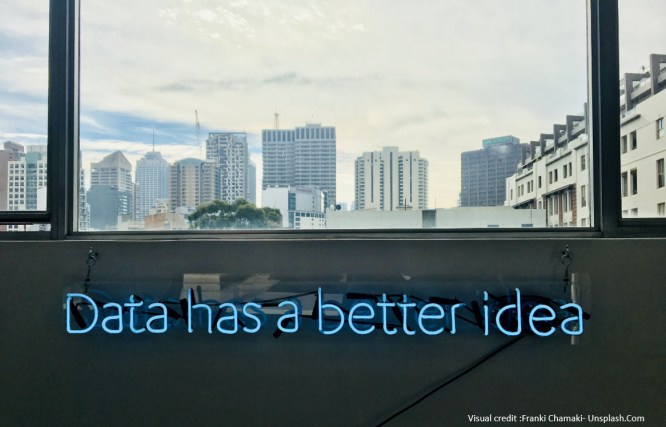
Building Business Ecosystems can be complex to build, let alone explain. I have been working on an evolving Ecosystem Business Model for some time.
So many people are unable to explain Business Ecosystems, especially to others and it holds its evolution back. Let me explain some of my thinking here
I visualized a starting point nearly all should be familiar with, of the Business Model Canvas, by Alexander Osterwalder, drawn from his PhD thesis, supervised by Yves Pigneur (2004), called a business model ontology.
This BMC become a phenomena to enable us to easily describe what building blocks need to be considered for building a business model. As a visual chart it enabled us all to build a picture. It allowed us to describe, design, challenge, invent, explain and eventually recognize where to pivot your business model.
That business model canvas tends to stay rooted (or designed) in the single entity in its intention and as Business Ecosystems involve multiple and diverse stakeholders it helps but, in my opinion, does not reflect the design needed for these Ecosystem models.
In my view “In today’s interconnected world, businesses are increasingly operating within complex ecosystems. Traditional business models often fail to capture the dynamics and interdependence of these ecosystems, leading to missed opportunities of significant competitive advantage and exposure to increased risks that others are recognizing changes and equally on the hunt for new Business Models”
We need to build an Ecosystem Business Model story





 So, what is the future for humanity, and where does technology with a purpose fit? Can we envision a new era of sustainability powered by IoT?
So, what is the future for humanity, and where does technology with a purpose fit? Can we envision a new era of sustainability powered by IoT?
 In June 2018 we saw that Rockwell Automation (ROK) made a $1 Billion investment into PTC that will give Rockwell just under a 9% ownership interest in PTC. I decided to wait to look at this. Now here is the time for a review eight months later.
In June 2018 we saw that Rockwell Automation (ROK) made a $1 Billion investment into PTC that will give Rockwell just under a 9% ownership interest in PTC. I decided to wait to look at this. Now here is the time for a review eight months later.